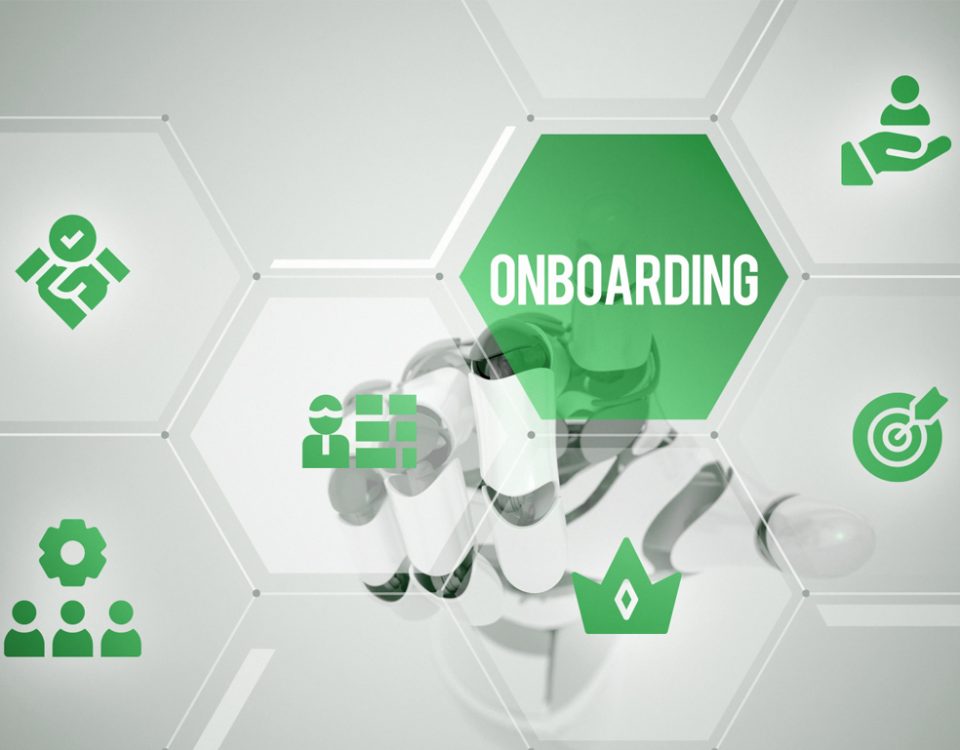
How Microlearning Drives Skills-Based Training to Support Europe’s Workforce Transformation
November 21, 2024
AI in Action: Effective Implementation Strategies
November 25, 2024Author

Sahil Samtani
Corporate training has evolved heavily over the last few decades. The materials, processes, and certifications involved have had to improve constantly to keep up with the increasingly sophisticated demand for high-impact content that drives business goals. This has created an industry where tried and true systems quickly become unreliable because of how quickly demands are becoming more and more complex. To keep innovation moving at the same pace as demand, many corporate training systems have taken to looking at developments in universities to see what insights they can migrate to corporate training that takes full advantage of adult learning principles. Blended learning is arguably one of the most successful of these transitions. Beginning in schools and universities, blended learning was originally developed as a way to help understaffed schools provide a way for teachers with oversized classrooms to interact with their students more personally and create a more customized, personalized classroom in an environment where extended one-on-one time during classroom hours was not feasible. Early adopters quickly found the same advantages of blended learning Corporate Training in schools applied equally well to adult classrooms and corporate learning initiatives. Blended Learning Corporate Training creates Customized Pacing Because of the flexible pacing of digital content, learners who struggle with content more or less can spend precisely as much time as they need on the material to understand the content. In this way, blended learning corporate training can effortlessly customize its content to the nature, interest, and academic ability of learners across a diverse collection of people by having each pursue the eLearning element of the blended learning on their own. This also ensures that classroom time is spent more productively on things that cannot simply be taught through absorbing content. In blended classrooms, trainers spend more time interacting with and answering questions from learners, customizing and personalizing content even further than if they were to use that time to answer generic questions and explain the fundamentals. Blended Learning Corporate Training mitigates the downsides of larger batch sizes In much the same way as blended learning allows for larger classrooms, it does the same to large batch sizes in blended learning corporate training initiatives. Classrooms can afford to be larger when much of the personalization happens regardless of the number of learners in the room, and larger batch sizes without a drop in quality results in a massive amount of savings for the company as fewer batches and fewer trainers are needed to train the same number of staff. In many industries, particularly those with revolving door hiring policies like call centres and other retail businesses, this also dramatically reduces the amount of time taken to replace empty seats and can help avoid high-crunch situations where teams are understaffed overstretched. Blended Learning Corporate Training standardizes across multiple locations The most ubiquitous benefit of eLearning, blended learning corporate training brings the benefit of digital standardization to training modules and classrooms through standardization of both materials and curriculum. This leads to streamlining learning in a way that ensures teams taught in different cities or countries will always be trained on the material necessary for their role in the company. Before eLearning became widespread, this was a common problem with classroom training that required massively expensive alignment sessions to rectify, where trainers from different regions had to calibrate with one another at regular intervals. While that can still be helpful, the process can be done less frequently or sometimes even omitted completely with little to no negative impact on learning because of how streamlined the digital element is, and because of technology that has made it easier for training managers to audit, calibrate with, and provide feedback for trainers in different locations. Ozemio has helped many companies in dozens of industries, from manufacturing and machinery to call centres and retail, to create eLearning systems, both single- and multi-module programs that provide the digital element of blended learning corporate training. You can take a look at our website here, where you can reach out to one of our experts for a free consultation. If you're still unsure of your learning plan or about how we can help you, feel free to ask us for our samples and case studies that can help you get an idea of what to expect from us. We look forward to hearing from you soon.
Related services
Product Engineering



